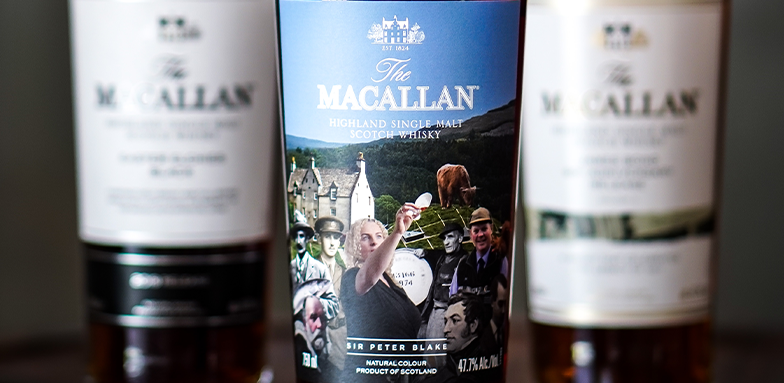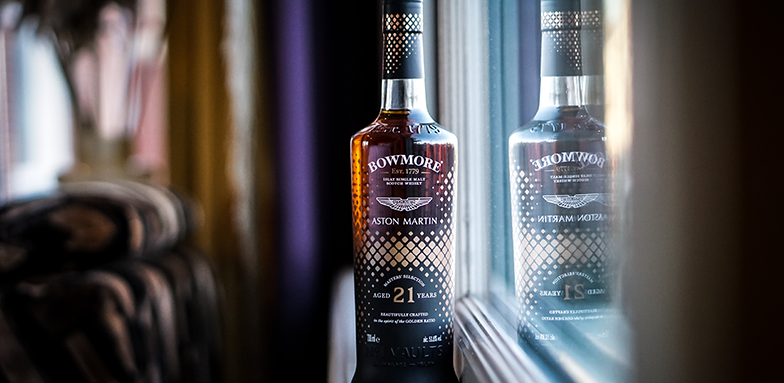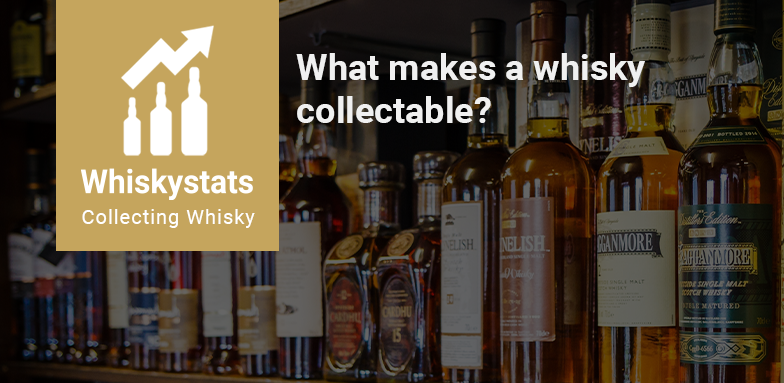‘Collecting’ is a fascinating phenomenon, with countless items—including stamps, comics, cars, and watches—cherished by collectors worldwide. Whisky is no exception, having evolved into a luxury asset and investment. But what sets apart highly collectable whiskies from others left to gather dust on store shelves?
The heart of a whisky collector is captivated by two essential factors: quality and scarcity. But true rarity and inarguable quality can be challenging to identify, especially for collectors just getting started. However, some specific markers can guide you in the right direction.
Limited and special editions
Awareness of the sliding scale of ‘limited’ release whisky is essential. For instance, even Johnnie Walker, one of the world’s most widely available whisky brands, sometimes releases ‘limited edition’ whiskies, such as the Jane Walker edition. Around 250,000 bottles of Jane Walker were released, a far cry from a truly limited whisky.

On the other side, whisky doesn’t get much more limited than a single cask, generally around 250 or 300 bottles, depending on the cask size. Small-batch whisky—vattings of up to several thousand bottles—can also attract the collector.
The surest way to determine whether a release is truly scarce is to see if the outturn is printed on the label. If it isn’t, look up the bottle in our comprehensive database: if the number of bottles released is known, Whiskystats tracks it.
Brand value
Not every rare whisky is collectable. Brand value is another hugely important factor, encompassing a whisky’s ‘prestige’, historical marketing strategies, discernable quality, and other difficult-to-pinpoint factors.
For example, while Ardbeg is a relatively small producer on Islay and Glenlivet is one of the best-selling single malts in the world, many whisky collectors would perceive Ardbeg to be the more prestigious brand. Understanding this brand value, and its relativity, plays into a whisky’s potential value for the collector.

Brand value can even affect the perception of a whisky’s scarcity. An outturn of 15,000 bottles is a major release for a lesser-known brand like Tullibardine or Craigellachie but quite limited for The Macallan, Glenfiddich, or Glenmorangie.
The Whiskystats brand indices summarise the change in the monthly value of each brand’s most traded whiskies. The resulting brand ranking is an excellent proxy for identifying the abovementioned ominous brand value.
Perceived quality
Subjective as it may be, perceived quality significantly impacts a whisky’s collectibility, as pointed out in the Whiskystats 2022 Insights Report. Whisky rating systems provide some objective guidance. These ratings, given by experts, commentators, bloggers, and communities like Whiskybase, can help inform your judgement. On Whiskystats, we display the Whiskybase rating. Usually, a rating above 90 signals an exceptional whisky. However, developing your palate over time is essential for determining personal preferences.
Closed distilleries
Silent. Closed. Ghost. Demolished. These terms all refer to closed distilleries no longer actively making whisky. As bottles from closed distilleries become increasingly scarce with each cask and bottle consumed, they attract attention and increased demand. However, not all closed distilleries are equal; some are more desirable than others, as shown in our guide to collecting whisky from closed distilleries. Port Ellen, Rosebank, Brora, Karuizawa and Hanyu are particularly high-profile examples, and acquiring their whiskies elicits unparalleled excitement among collectors.
